In the previous articles, we discussed passive electronic components like resistors, capacitors, inductors, and transformers. The passive components are particularly useful in designing various analog circuits.
The real fun of modern electronics begins with semiconductors and digital electronics. Electronics is all about signals (in the form of voltage or current) and processing signals by components and circuits. Semiconductor electronics is made possible by processing electronic signals as binary values (0 and 1, or Low and High). This application of semiconductor electronics to process signals as binary values leads to the implementation of Boolean logic in the form of digital electronics. Thus began the use of electronics for ‘Computing.’ Soon, engineers and researchers devised ways to measure various physical quantities by converting them to analog electrical signals and digitizing those analog signals to digital values. They also devised ways to convert digital signals to equivalent analog electrical signals. Now, computers can also interact and respond to the physical world.
Most of the modern electronics is about ‘electronic computing’ and its applications to the real world. Electronic computing, combined with display technologies and input/output electronic devices leads to the development of general-purpose computers. Electronic computing, combined with various communication technologies, leads to the development of telecommunication, television, and internet technologies. Electronic computing combined with wireless communication and sensors leads to the development of mobile electronics and wearables. Electronic computing combined with sensors and actuators leads to the development of applications like embedded systems, robotics, and automation.
But, before we begin the never-ending journey of semiconductor and digital electronics, it will be better to have some basic understanding of power supplies. It is the power supply that gives life to any electronic circuit or device. Every electronic circuit or device essentially needs to have a power supply section or may need to connect as a load with an external power supply circuit.
The source of electrical power can be electrical transmission lines (mains electricity), electromechanical systems (alternators and generators), solar power, or storage devices like cells and batteries. Power supplies are power converters that convert electrical power from a source to voltage, current, and frequency suitable to a load circuit. The source of electrical power can be AC or DC. Like generators and mains, electricity provides AC power while batteries and solar devices source DC power. A power supply circuit may input power from an AC or DC source, and output AC or DC power converted to suit a load. So, power supply circuits can be classified as AC-to-AC, AC-to-DC, DC-to-DC, and DC-to-AC supplies.
Various AC-to-AC power supplies include variable AC supplies, isolation transformers, and frequency changers. AC-to-DC power supplies are the most common. Some of the AC-to-DC power supplies include unregulated linear DC supply, linear regulated DC power supply (bench power supply), switching regulated power supplies, and ripple regulated power supply. Battery-based power supplies, solar power supplies, and DC-to-DC converters are examples of DC-to-DC power supplies. Battery-based power supplies and solar power supplies are used to directly power electronic circuits, while DC-to-DC converters are generally used for converting input DC to different levels to feed different circuits in the same device rather than using different AC-to-DC supplies for getting a different voltage/current levels. Inverters, generators, and UPS are commonly used DC-to-AC power supplies.
Variable AC power supply
Variable AC power supplies are designed using transformers or adjustable autotransformers. These are used to convert AC-to-AC voltage levels. A transformer with multiple windings or taps may be used to design such power supply otherwise adjustable autotransformer can be used. These supplies convert AC voltage and current levels while the frequency of the source power remains unchanged.
Frequency changers
Frequency changers are used to convert the frequency of AC power. These can be designed using electromechanical devices like a motor-generator set or with the help of a rectifier-inverter set. The rectifier first converts AC to DC, and then the inverter converts DC back to AC of different frequencies.
Isolation transformers
Isolation transformers are used for AC-to-AC supply, where impedance matching is required between the power source and the load circuit. Isolation transformers usually do not convert voltage levels or frequency of the source power. These are useful in connecting balanced and unbalanced circuits.
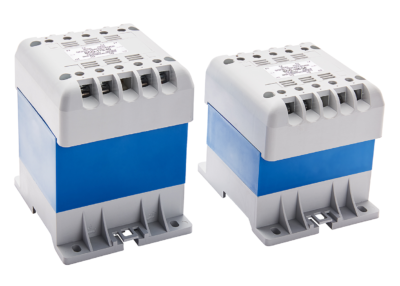
These isolation transformer are used to step up or step down voltage while keeping the mains and output circuits isolated through CE Certified Reinforced Insulation. (Image: Signal Transformer)
Unregulated linear power supply
Unregulated linear power supplies are simple AC-to-DC power supplies. These are designed using a step-down transformer, rectifier, filter capacitor, and bleeding resistor. First, a transformer converts line voltage to the required voltage level in AC. The stepped-down AC voltage is then converted to DC voltage using a half-wave or full-wave rectifier. The rectifier is designed using diodes. The pulsating DC from the rectifier is smoothed using filter capacitors. A bleeding resistor may be connected in parallel to the filter capacitor for protection.
Unregulated power supplies are simple and durable. However, their output voltage may vary due to variation in input voltage or load current. So, these are not much reliable. Also, these can be only designed to output a fixed voltage and current.
Linear regulated power supply
Linear regulated power supplies are AC-to-DC power supplies. These are the same as unregulated (brute force) power supplies except that they use a transistor circuit operating in an active or linear region in place of bleeding resistor. This active transistor stage enables output to different accurate DC voltage levels. There are several voltage-regulator ICs available that have an active transistor circuit integrated within them. Linear regulated power supplies are stable, safe, reliable, and noise-free. There are voltage regulator ICs available for a wide range of input and output voltages and they output fixed DC voltages. The major disadvantages of these supplies is their cost, size, and energy efficiency. These supplies lose a lot of energy due to power dissipation and may need the use of heat sink with regulator ICs.
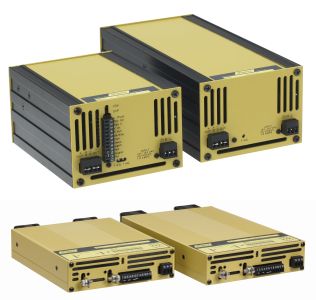
The linear supply from Acopian Power Supplies (top) is a factor of ten larger and heavier than a comparable switching supply (bottom) that is also from Acopian, but the linear unit has beneficial attributes that the switcher supply cannot match.
Switching regulated power supply
Switching regulated power supplies are complex AC-to-DC power supplies that tend to combine the advantages of unregulated and regulated power supplies. In SMPS, the line voltage is rectified to DC, and then it is again converted to square wave AC with the help of switching transistors. This high-frequency square wave is then stepped down or stepped up and then again rectified. The rectified DC voltage is filtered before supplying it to a load.
Ripple regulated power supply
Ripple regulated power supply is an improved variation of unregulated AC-to-DC power supply. It is designed by combining an unregulated power supply with a transistor circuit operating in the saturation region. The transistor circuit transfer DC power to a capacitor to maintain voltage levels. The main advantage of ripple regulated supply is its energy efficiency.
Adjustable regulated power supplies
Linear regulated power supplies can be modified to provide a range of adjustable voltages by using a variable resistor at the end-stage. The variable resistor can drop the output voltage to adjustable values. Such an adjustable power supply can then supply voltages in the range from zero to maximum voltage regulated by the supply. Symmetrical linear regulated power supplies can be modified to supply voltages in negative polarity as well.
Battery and solar power supplies
Batteries, cells, and solar panels supply DC power. The power from storage devices or solar panels needs to be first filtered to remove pulsating ripples. It then can be regulated to desired DC voltage levels by using voltage regulator ICs. If the supply voltage from a battery or solar panel needs to be stepped up, it can be done using transistors as amplifiers.
DC-to-DC converters
DC-To-DC converters are used to step up or step down DC voltages. DC-to-DC converters can be semiconductor, electromechanical, or electrochemical types. DC-to-DC SMPS like push-pull converter, buck converter, boost converter, buck-boost converter are some examples of semiconductor type DC-to-DC converters. These supplies are generally used to convert DC (rectified from mains electricity or other AC source) to provide different DC levels rather than using many AC-to-DC supplies in a device.
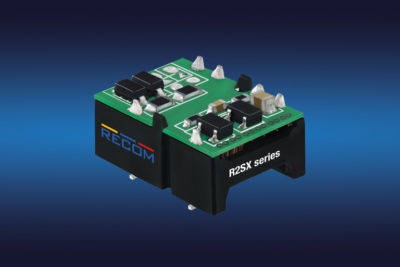
An example of a 2 W dc-dc power supply in SMD (Image: Recom).
DC-to-AC power supplies
These types of power supplies are generally used for power backup. Inverters, UPS, and generators are examples of such power supply systems.
Electronic hobbyists and engineers most commonly use linear regulated power supplies and battery power supplies. Other types of power supplies are generally designed and produced for specific applications or circuits. Some circuits may require designing a power supply using solar panel(s).
For beginners, it is always convenient to start with a linear regulated power supply providing commonly used DC voltages like 12V, 9V, 5V, and 3V. For portable circuits, the same voltages can be achieved using regulated supplies based on batteries. The battery-based regulated supplies may require battery replaced at regular intervals. So, a linear regulated power supply providing commonly used DC voltage levels is best for prototyping and testing electronic circuits. The production circuits can then be supplied power by battery or solar panel-based circuits if required.
In the next article, we will discuss cells and batteries.
You may also like:
Filed Under: More Editor's Picks, Tutorials

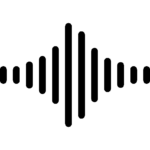
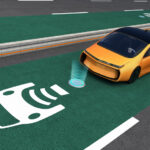
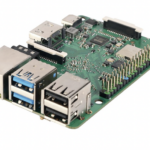

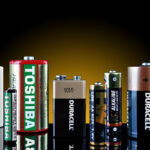
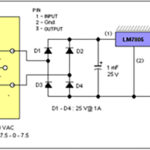

Questions related to this article?
👉Ask and discuss on Electro-Tech-Online.com and EDAboard.com forums.
Tell Us What You Think!!
You must be logged in to post a comment.